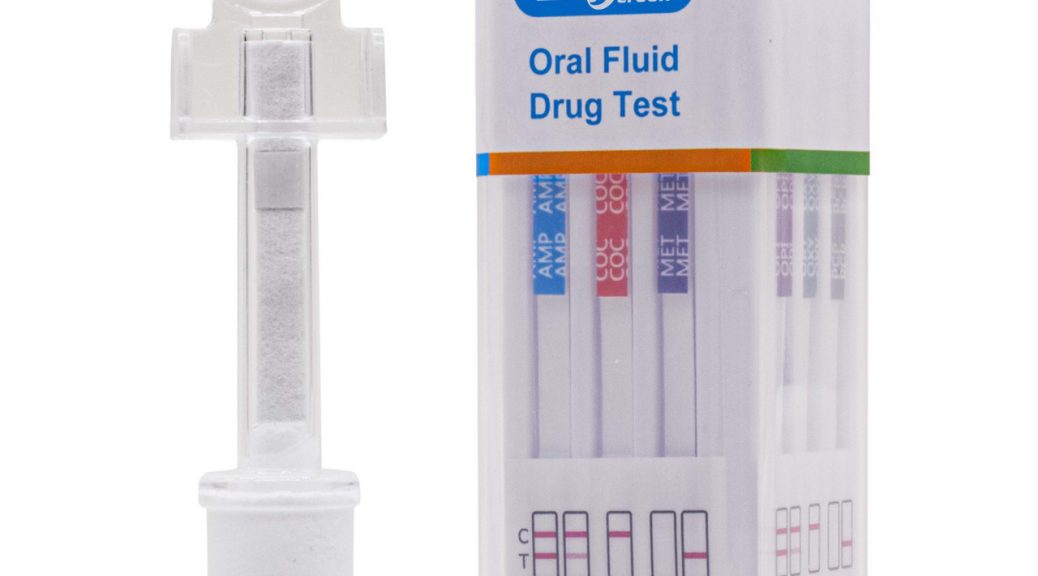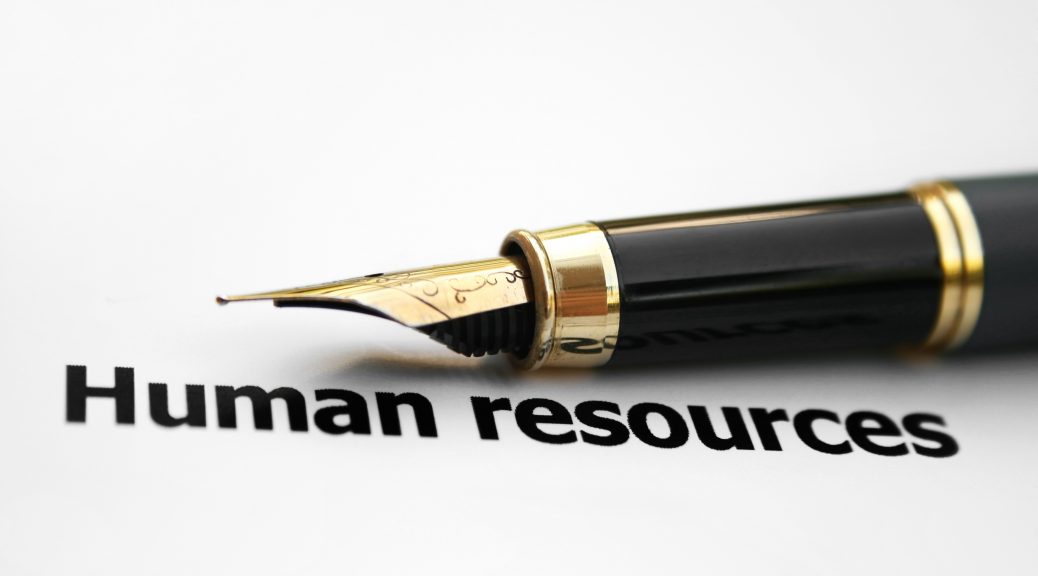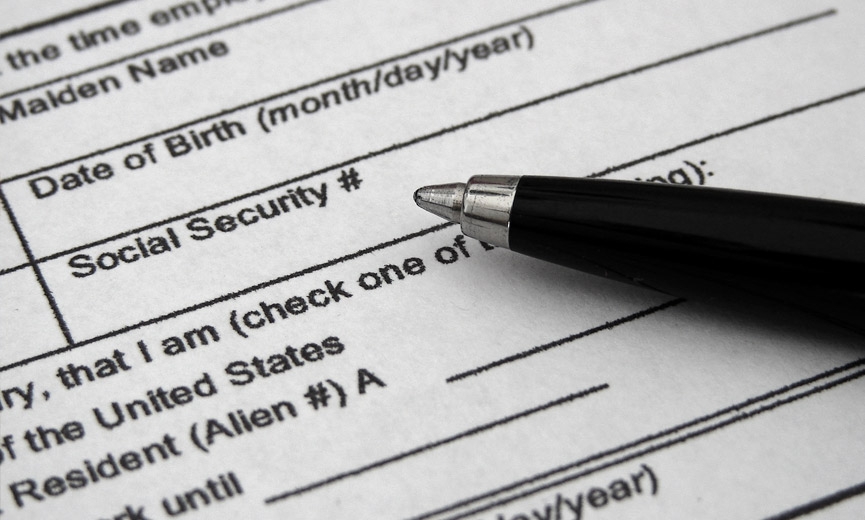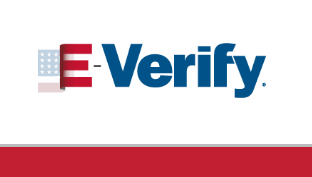Consultstu LLC was recently retained to be a third-party auditor to review and certify for compliance that Form I9s (along with E-Verify cases and copies of employment eligibility documents) were being maintained by a Contractor of Waste Management National Services, Inc. According to the Waste Management Master Services Agreement (“MSA”), Contractors are required to comply with all immigration laws and Waste Management can require an independent audit to verify compliance.
For many years, we have performed independent immigration reviews for Publix Suppliers. The Waste Management auditor certification requires very detailed responses to specific questions about the I9 Forms, E-Verify cases and employment eligibility and identity documents. The Waste Management audit is focused only on statistics concerning employees of the Contractor who worked at Waste Management sites, and does not require responses about employees that were considered for assignment at Waste Management, but were never deployed there.
Here are some of the Waste Management audit areas of inquiry:
- Is there a correctly completed I9 form for all employees? How many I9s were reviewed?
- Were copies of the supporting employment eligibility and identity documents maintained? Were they reviewed by the auditor?
- Were technical violations found on the I9 forms? Were these errors corrected?
- How many I9s had substantive violations?
- Did any employment eligibility and identity documents appear to be tampered with or fraudulent on their face?
- Were any I9 forms not completed in their entirety? Were violations remedied?
- Was an E-Verify case created and properly & timely closed for each employee? Are there any unclosed E-Verify cases?
- Were copies of photo-matching documents maintained by the company and used for the employee cases?
- Did any E-Verify cases result in a Tentative Non-confirmation? Were they remedied?
Due to our extensive experience with human resources practices and I-9 forms, we have served as the independent third-party auditor for many large and small companies around the United States. Our remote review services are available if your company has been asked to complete a third-party independent audit of its immigration practices. Stuart Charlson has over 27 years of experience with human resources consulting and compliance services for small to mid-sized businesses.
In addition to independent audit services, we also provide proactive consulting services to companies needing assistance with immigration compliance and reviews of immigration documentation. For more information about our services, contact our office at 727-350-0370.









